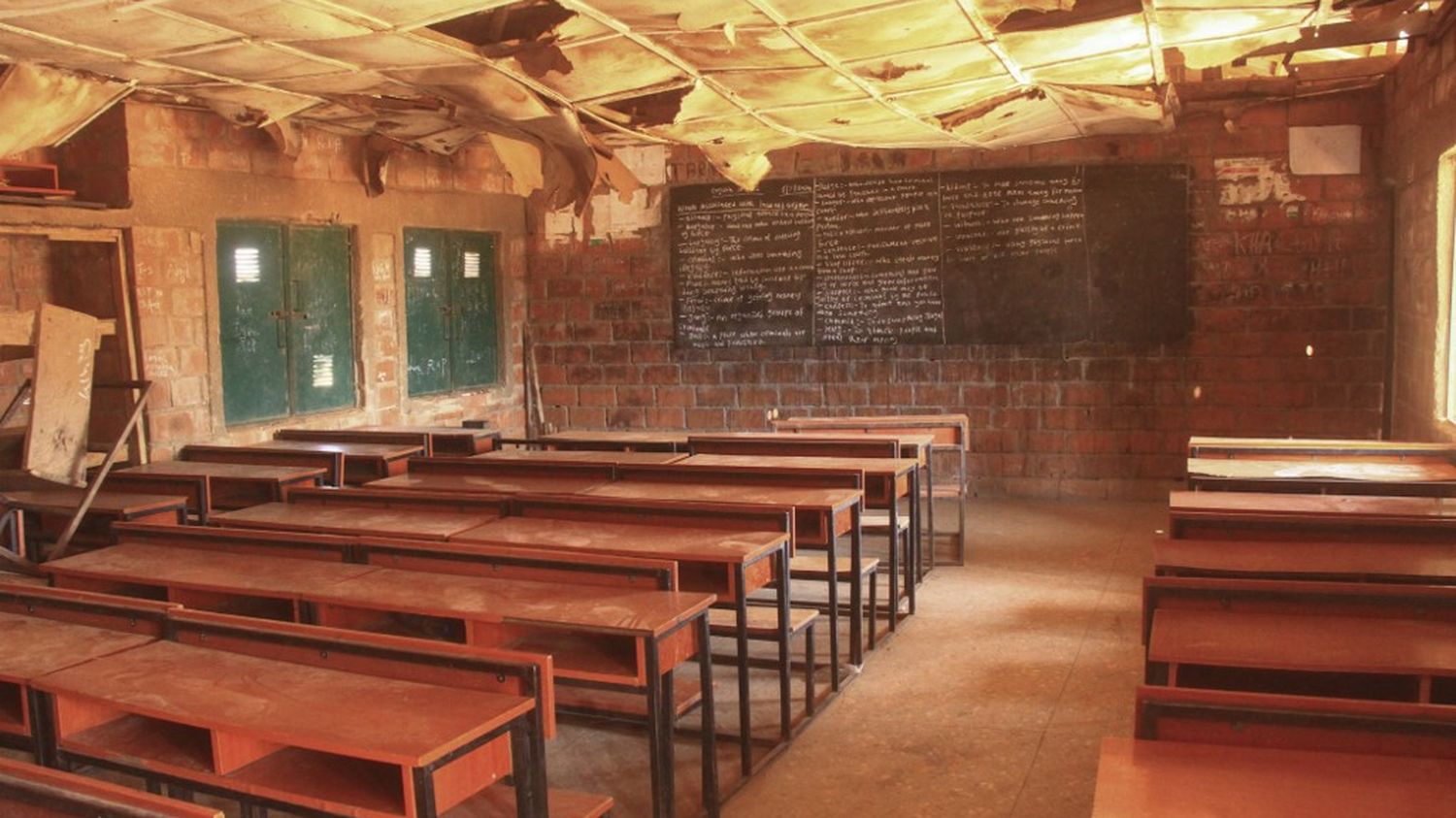In recent years, hundreds of children and students have been kidnapped in mass kidnappings in northwest and central Nigeria.

Published
Update
Reading time: 1 min

They are free. Nearly 140 students, kidnapped on March 7 by armed men from a school in northwestern Nigeria, have been released, local authorities announced on Sunday March 24. “The Kuriga schoolchildren who were kidnapped have been released unharmed”said the governor of Kaduna State, without specifying how they were released. “It’s a day of joy”he congratulated himself in a press release.
“The 137 hostages – 76 girls and 61 boys – were rescued in Zamfara State and will be handed over to the Kaduna State government”, where they had been kidnapped, said the army spokesperson, according to whom all the captives had been rescued. The number of victims had previously been estimated between 200 and 250 by teachers and villagers. However, the figures are often revised downwards in Nigeria with the return home of villagers who had fled the attacks, but had not been victims.
Mass kidnappings for ransoms
Mass kidnappings are frequent in Nigeria, Africa’s most populous country, where bandits, adept at kidnapping for ransom, regularly target schools, places of worship and highways. However, the kidnapping of these students from the village of Kuriga was one of the largest attacks of its kind in years. It sparked a massive search operation and a national outcry over insecurity in Nigeria. The kidnappers then demanded payment of a large ransom.
Other kidnappings took place in March: more than 100 people were kidnapped in northwestern Nigeria in two separate attacks in Kaduna state. In response, the United Nations High Commissioner for Human Rights declared “horrified” and called on the authorities to break the cycle of impunity by carrying out “rapid, thorough, impartial investigations”.
